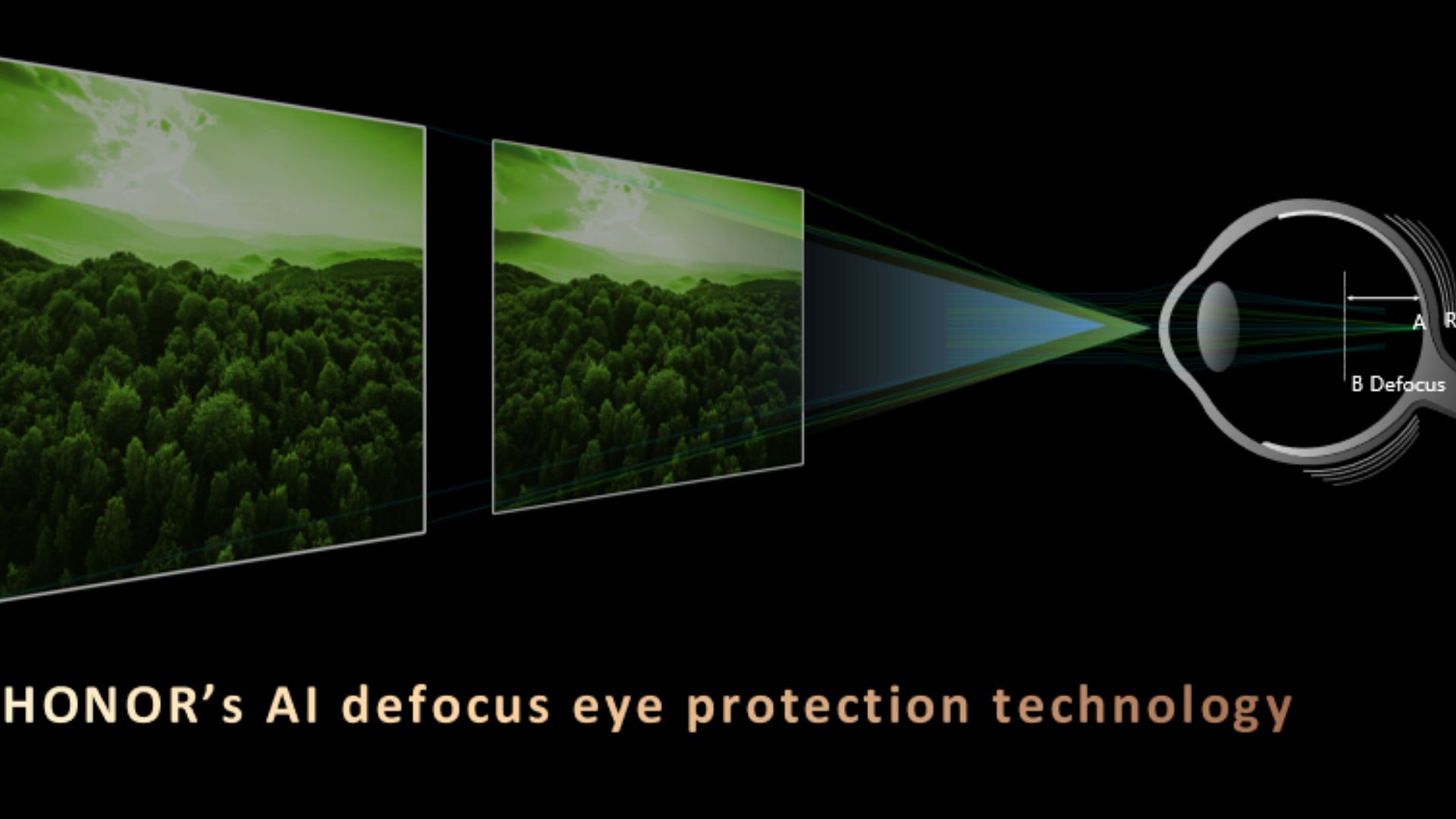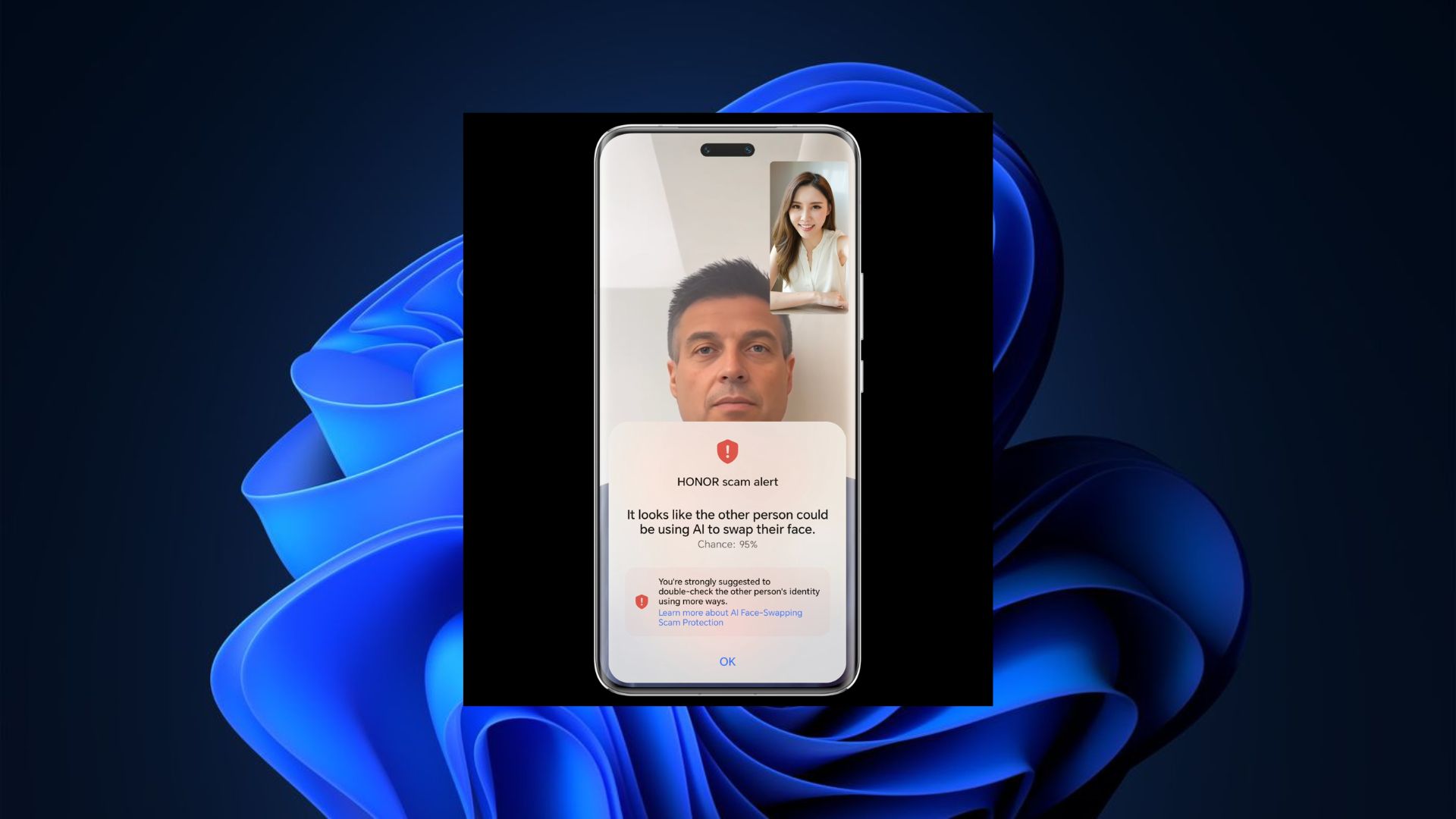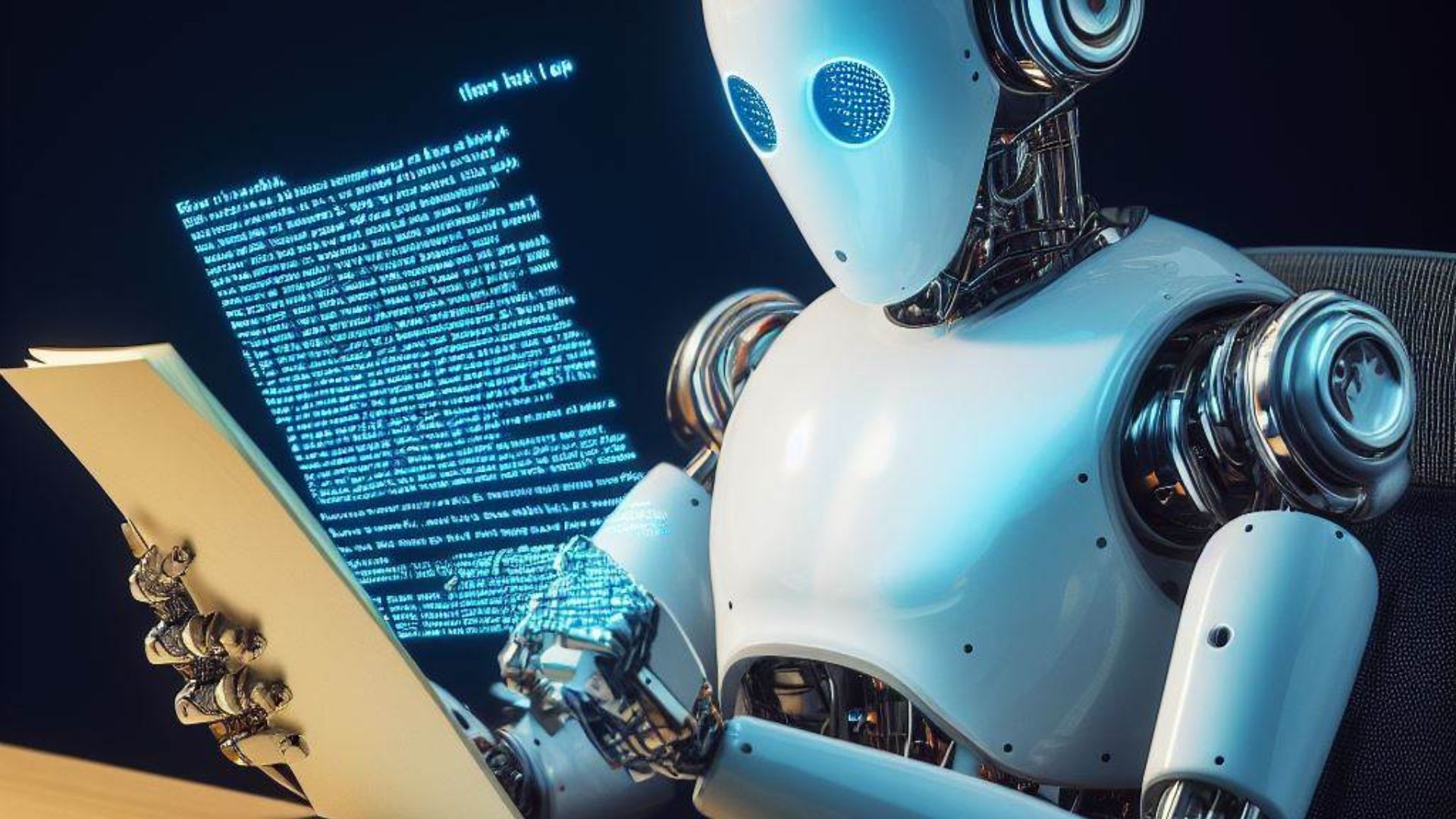
What you need to know
- HONOR just unveiled two new AI-powered features to bolster its efforts in the landscape — AI Defocus Eye Protection and deepfake detection.
- AI Defocus Eye Protection leverages AI to add defocus glasses directly onto your smartphone to blur peripheral vision, ultimately improving clarity while reducing eye strain.
- The deepfake tool analyzes videos and images to assert their authenticity, and flags fabricated content with a waring asking users not to engage it further.
HONOR is well-known for its hardware development efforts, like the stylish MagicBook Pro 16, as its entrée in the AI PC wave. And now the company is bolstering its AI efforts with new features designed to help identify deep fakes and minimize eye straining when glancing at a screen for long hours.
Right off the bat, HONOR has unveiled AI Defocus Eye Protection — a new feature that leverages AI capabilities to add defocus glasses directly onto your phone's screen. The feature will help blur peripheral vision to improve clarity. Prolonged strain of the eyes often leads to eye elongation, which results in nearsightedness. HONOR indicates the feature will reduce reader's transient myopia by 13-degrees.
HONOR spots a fake from a mile away

Next up is a new feature that leverages AI's cutting-edge capabilities to identify deep fake content. According to HONOR, its AI-powered deepfake detection will assess crucial elements like eye-contact, image clarity, and lighting to determine the authenticity of images. The feature's capabilities aren't limited to images, it can be used to scan through videos in real-time to prevent scams and impersonation.
Interestingly, once the feature analyzes content for these tell-tale signs, it'll immediately notify the user by flagging the image or video with a warning on the screen asking them not to engage.
HONOR hasn't disclosed the hardware requirements for the highlighted features, but we've reached out for a comment and will equally keep you posted. Privacy and security remain crucial elements for users. On the bright side, the AI-powered deepfake detector will run on-device.
Deep fakes may turn the future into a simulation

The rapid prevalence of AI has greatly contributed to ground-breaking breakthroughs across various sectors, including computing, education, medicine, and more. In the same breath, it has contributed to the emergence of deep fakes on social media.
OpenAI has laid out elaborate measures to help identify deep fakes, including watermarking images generated using ChatGPT and DALL-E 3 technology. However, the ChatGPT maker admits it's not "a silver bullet to address issues of provenance." Former Twitter CEO Jack Dorsey says it will be hard to tell what's real from deep fakes in the next 5-10 years as AI models and chatbots become more sophisticated. "It will feel like you're in a simulation."







